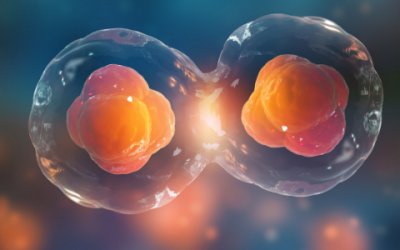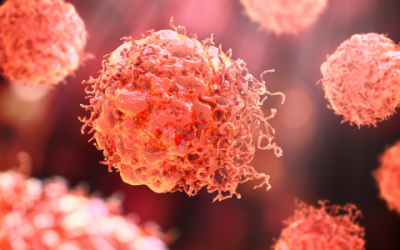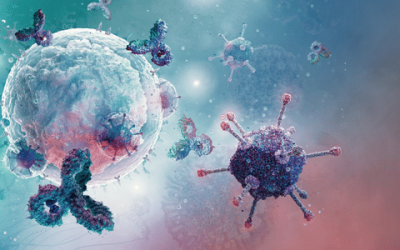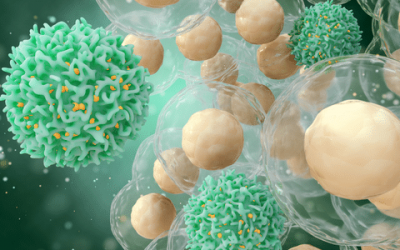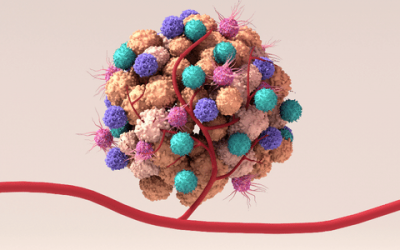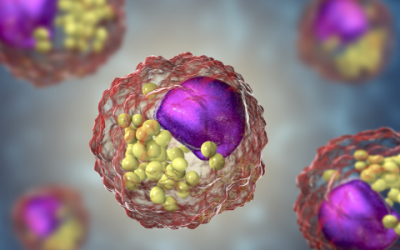results
All public Immune-Image resources will be available here, including scientific publications and protocols.
Phase I Study of [68Ga]Ga-Anti-CD206-sdAb for PET/CT Assessment of Protumorigenic Macrophage Presence in Solid Tumors (MMR Phase I)
ABSTRACT Purpose Macrophages play an important role throughout the body. Antiinflammatory macrophages expressing the macrophage mannose receptor (MMR, CD206) are involved in disease development, ranging from oncology to atherosclerosis and rheumatoid arthritis....
Validation of simplified uptake measures against dynamic Patlak Ki for quantification of lesional 89Zr-Immuno-PET antibody uptake
ABSTRACT Purpose Positron emission tomography imaging of zirconium-89-labelled monoclonal antibodies (89Zr-Immuno-PET) allows for visualisation and quantification of antibody uptake in tumours in vivo. Patlak linearization provides distribution volume (VT) and nett...
Interrogating Glioma-Associated Microglia and Macrophage Dynamics Under CSF-1R Therapy with Multitracer In Vivo PET/MRI
ABSTRACT Purpose Glioma-associated microglia and macrophages (GAMMs) are key players in creating an immunosuppressive microenvironment. They can be efficiently targeted by inhibiting the colony-stimulating factor 1 receptor (CSF-1R). We applied noninvasive PET/CT and...
Optimal imaging time points considering accuracy and precision of Patlak linearization for 89Zr-immuno-PET: a simulation study
ABSTRACT Purpose Zirconium-89-immuno-positron emission tomography (89Zr-immuno-PET) has enabled visualization of zirconium-89 labelled monoclonal antibody (89Zr-mAb) uptake in organs and tumors in vivo. Patlak linearization of 89Zr-immuno-PET quantification data...
Radiomic Signatures Associated with CD8+ Tumour-Infiltrating Lymphocytes: A Systematic Review and Quality Assessment Study
ABSTRACT Simple Summary: Immune checkpoint inhibitors can be effective drugs to treat cancer. However, only a minority of patients derive benefits. An important determinant of treatment success is the abundance of CD8-expressing tumour-infiltrating lymphocytes (CD8+...
Novel PET Imaging of Inflammatory Targets and Cells for the Diagnosis and Monitoring of Giant Cell Arteritis and Polymyalgia Rheumatica
ABSTRACT Introduction Giant cell arteritis (GCA) and polymyalgia rheumatica (PMR) are two interrelated inflammatory diseases affecting patients above 50 years of age. Patients with GCA suffer from granulomatous inflammation of medium- to large-sized arteries....
Phenotypic, transcriptomic and functional profiling reveal reduced activation thresholds of CD81 T cells in giant cell arteritis
ABSTRACT Objectives Evidence from temporal artery tissue and blood suggests involvement of CD8þ T cells in the pathogenesis of GCA, but their exact role is poorly understood. Therefore, we performed a comprehensive analysis of circulating and lesional CD8þ T...
Imaging and therapeutic targeting of the tumor immune microenvironment with biologics
ABSTRACT Introduction Radioligand theranostics (RT) in oncology use cancer-type specific biomarkers and molecular imaging (MI), including positron emission tomography (PET), single-photon emission computed tomography (SPECT) and planar scintigraphy, for patient...
Expanding Theranostic Radiopharmaceuticals for Tumor Diagnosis and Therapy
ABSTRACT Introduction Radioligand theranostics (RT) in oncology use cancer-type specific biomarkers and molecular imaging (MI), including positron emission tomography (PET), single-photon emission computed tomography (SPECT) and planar scintigraphy, for patient...
The Colony Stimulating Factor-1 Receptor (CSF-1R)-Mediated Regulation of Microglia/Macrophages as a Target for Neurological Disorders (Glioma, Stroke)
ABSTRACT Introduction Immunomodulatory therapies have fueled interest in targeting microglial cells as part of the innate immune response after infection or injury. In this context, the colony-stimulating factor 1 (CSF-1) and its receptor (CSF-1R) have gained...
PROTOCOLS
This section will be updated with Immune-Image protocols.

![Phase I Study of [68Ga]Ga-Anti-CD206-sdAb for PET/CT Assessment of Protumorigenic Macrophage Presence in Solid Tumors (MMR Phase I)](https://www.immune-image.eu/wp-content/uploads/2023/08/tumor-400x250.png)

